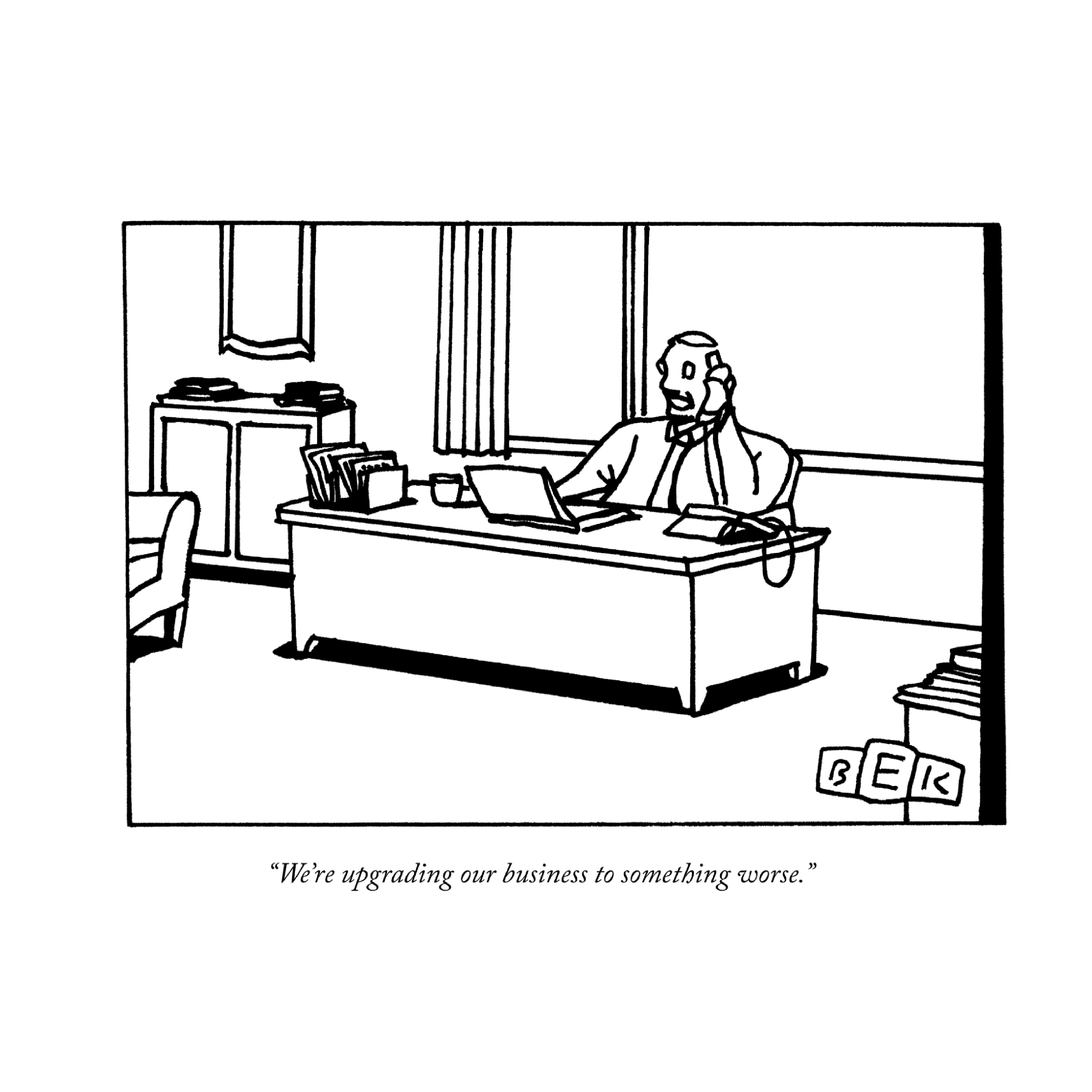It’s the Relationship, Stupid!

The disappearance of AOR relationships between advertisers and their creative agencies was not a good thing for either party. Both are at fault for letting this happen, and now both parties have suffered the consequences.
Advertisers have to manage complex portfolios of specialized agencies who compete for a portion of the total fee. Advertisers have to take the responsibility for planning the detailed Scopes of Work and decide which agencies will be briefed for which deliverables.
These briefing decisions are now made project by project, and individual agencies have to be prepared to bid project by project in order to secure their piece of the action. This competitive bidding pits client agency against client agency -- even though the portfolio of agencies is supposed to be working harmoniously on behalf of client brands across the media landscape.
Further complicating this picture is the overwhelming number of deliverables that now make up client Scopes of Work. Marketing departments experiment aggressively to see what kinds of digital and social deliverables will have a positive effect in the marketplace. They treat this kind of experimentation as cost-free for their agencies, so they load on the work without matching it with proportional fees. One agency office I worked with saw its 2015 workload increase from 3,600 deliverables to over 11,500 deliverables in 2016. The fees for this work increased by only 25%.
In today’s project-based relationships, individual agencies have less voice and less influence over their clients’ brand strategies -- and not very surprisingly, agencies are putting fewer seasoned account management and planning resources on their accounts. Poor fee economics drive this decision, along with the ongoing need to deliver profits to their holding company owners. Agencies are becoming more junior and transactional rather than experienced and strategic.
In the meantime, their clients’ legacy brands languish in the marketplace, and CMOs are replaced regularly as a result of their failure to deliver improved results.
This relationship pattern has weakened the branded agencies and increased the logic for holding company relationships, where WPP, Omnicom, Publicis Groupe and Interpublic organize their company-wide portfolio of resources in an effort to re-establish exclusive AOR relationships with large clients.
Publicis Groupe, in particular, under CEO Arthur Sadoun, has been aggressive about this transition. “I am committed to breaking the silo,” Sadoun told Campaign last September, noting that this integrated way of working was the future, and that the group had to remove any barriers such as financial silos. "It’s the only way to bring the best of our services to our clients," he said.
The other holding companies are more protective of their agencies. Within WPP, for example, Ogilvy & Mather CEO John Seifert is reorganizing and strengthening O&M by consolidating the global array of Ogilvy brands into "a single, branded, integrated operating company” that will give O&M the capability to offer integrated services on an AOR basis once again, as he explained in an interview last month, also with Campaign.
If Seifert succeeds in this, he will be able to compete on an AOR basis -- and even compete for new business with WPP.
This move is a very smart one, but it comes late in the game. Damage to agency-client relationships is already widespread.
The question now is whether advertisers will take advantage of these initiatives and reinstate agencies (or holding companies) as strategic partners rather than as commodity suppliers of commodity-priced projects.
Smart clients will turn the clock back and embrace the new AOR possibilities with one important caveat: They must require their integrated AOR agencies to “deliver improved results” and treat performance improvement as the foundation of the redefined relationships.
This will require agencies to enhance their capabilities -- and figure out why brands are underperforming today and what to do about it through improved ways of defining media spend, media mix and recommended Scopes of Work.
Not insignificantly, as well, agencies will have to figure out how to be better paid for their work. Tying their remuneration to the work they do -- rather than to forecasted hours and overhead costs -- would be a good place to start.
Bruce Eric Kaplan, The New Yorker Collection/The Cartoon Bank. With permission.
Click the social buttons above or below to share this story with your friends and colleagues.
The opinions and points of view expressed in this article are exclusively the views of the author and/or subject(s) and do not necessarily represent the views of MediaVillage.com/MyersBizNet, Inc. management or associated bloggers.


